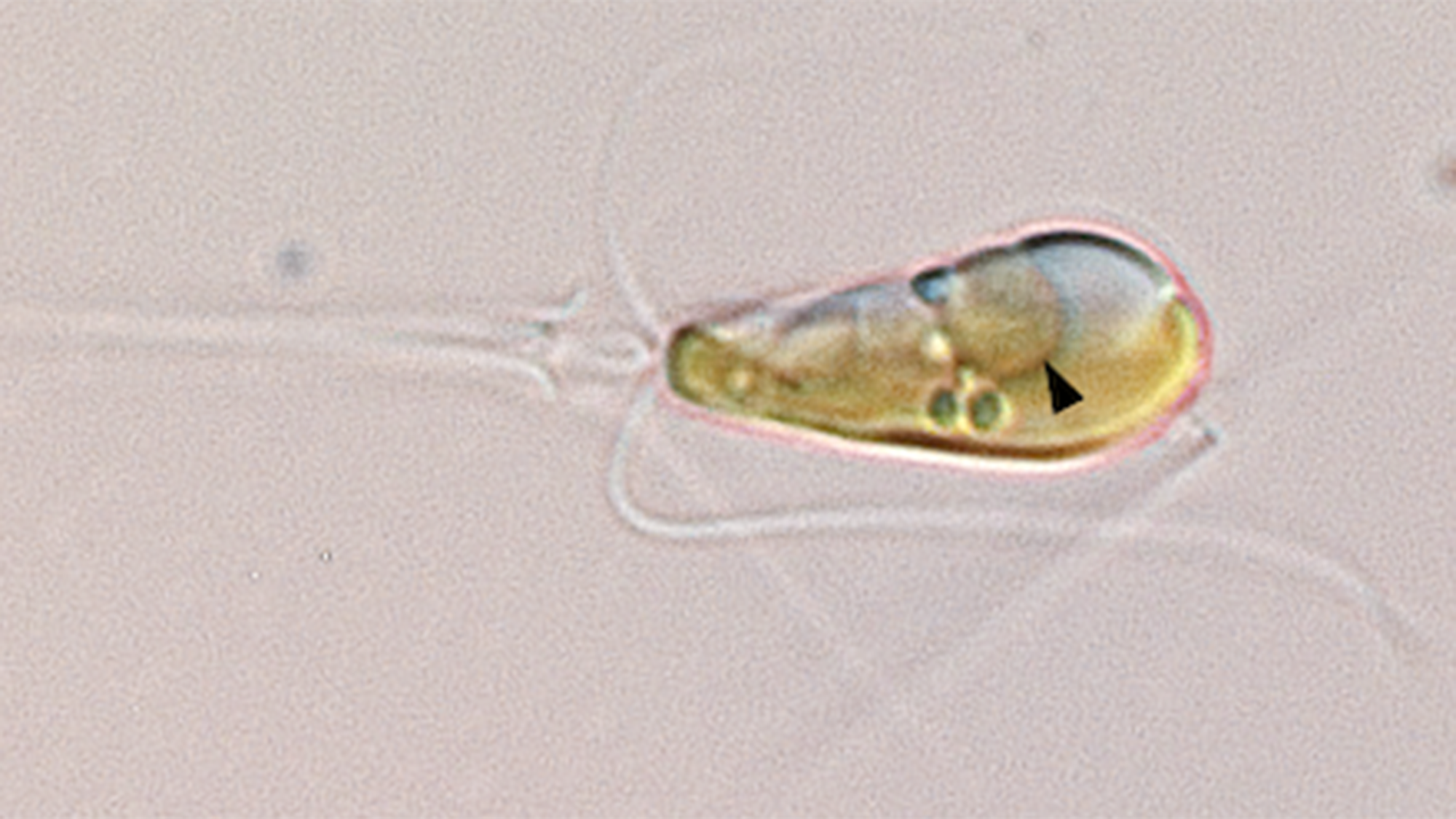Things I Won’t Work With: Dimethylcadmium
Derek Lowe's commentary on drug discovery and the pharma industry. An editorially independent blog from the publishers of Science Translational Medicine. All content is Derek’s own, and he does not in any way speak for his employer.
Cadmium is bad news. Lead and mercury get all the press, but cadmium is just as foul, even if far fewer people encounter it. Never in my career have I had any occasion to use any, and I like it that way. There was an organocadmium reaction in my textbook when I took sophomore organic chemistry, but it was already becoming obsolete, and good riddance, because this is one of those metals that’s best avoided for life. It has acute toxic effects, chronic toxic effects, and if there are any effects in between those it probably has them, too. Fortunately, cadmium is not well absorbed from the gut, and even more fortunately, no one eats it. But breathing it, now that’s another matter, and if you’re a nonchemist wondering how someone can breath metallic elements, then read on. One rather direct way is if someone is careless enough to floof fine powders of them around you. That’s how cadmium’s toxicity was discovered in the first place, from miners dealing with the dust. But that’s only the start. There’s a bottom of the list for breathable cadmium, too, which is quite a thought. The general rule is, if you’re looking for the worst organic derivatives of any metal, you should hop right on down to the methyl compounds. That’s where the most choking vapors, the brightest flames, and the most panicked shouts and heartfelt curses are to be found. Methyl organometallics tend to be small, reactive, volatile, and ready to party. Dimethyl cadmium, then, represents the demon plunked in the middle of the lowest circle as far as this element is concerned. I’ll say only one thing in its favor: it’s not quite as reactive as dimethyl zinc, its cousin one row up in the periodic table. No one ever has to worry about inhaling dimethyl zinc; since it bursts into ravenous flames as soon as it hits the air, the topic just never comes up. Then again, when organozincs burn, they turn into zinc oxide, which is inert enough to be used in cosmetics. But slathering your nose with cadmium oxide is not recommended. Even though dimethylcadmium does not instantly turn into a wall of flame, it can still liven the place up. If you just leave the liquid standing around, hoping it’ll go away, there are two outcomes. If you have a nice wide spill of it, with a lot of surface area, you fool, it’ll probably still ignite on its own, giving off plenty of poisonous cadmium oxide smoke. If for some reason it doesn’t do that, you will still regret your decision: the compound will react with oxygen anyway and form a crust of dimethyl cadmium peroxide, a poorly characterized compound (go figure) which is a friction-sensitive explosive. I’ve no idea how you get out of that tight spot; any attempts are likely to suddenly distribute the rest of the dimethylcadmium as a fine mist. Water is not the answer. One old literature report says that “When thrown into water, (dimethylcadmium) sinks to the bottom in large drops, which decompose in a series of sudden explosive jerks, with crackling sounds”, and you could not ask for a clearer picture of the devil finding work for idle hands. Or idle heads. Even without all this excitement, the liquid has an alarmingly high vapor pressure, and that vapor is alarmingly well absorbed on inhalation. a few micrograms (yep, millionths of a gram) of it per cubic meter of air hits the legal limits, and I’d prefer to be surrounded by far less. It’s toxic to the lungs, naturally, but since it gets into the blood stream so well, it’s also toxic to the liver, and to the kidneys (basically, the organs that are on the front lines when it’s time to excrete the stuff), and to the brain and nervous system. Cadmium compounds in general have also been confirmed as carcinogenic, should you survive the initial exposure. After all this, if you still feel the urge to experience dimethylcadmium – stay out of my lab – you can make this fine compound quite easily from cadmium chloride, which I’ve no particular urge to handle, either, and methyllithium or methyl Grignard reagent. Purifying it away from the ethereal solvents after that route, though, looks like extremely tedious work, which allows you the rare experience of being bored silly by something that’s trying to kill you. It is safe to assume that the compound will swiftly penetrate latex gloves, just like deadly and hideous dimethylmercury, so you’ll want to devote some time to thinking about how you’ll handle the fruits of your labor. I’m saddened to report that the chemical literature contains descriptions of dimethylcadmium’s smell. Whoever provided these reports was surely exposed to far more of the vapor than common sense would allow, because common sense would tell you to stay about a half mile upwind at all times. At any rate, its odor is variously described as “foul”, “unpleasant”, “metallic”, “disagreeable”, and (wait for it) “characteristic”, which is an adjective that shows up often in the literature with regard to smells, and almost always makes a person want to punch whoever thought it was useful. We can assume that dimethylcadmium is not easily confused with beaujolais in the blindfolded sniff test, but not much more. So if you’re working with organocadmium derivatives and smell something nasty, but nasty in a new, exciting way that you’ve never quite smelled before, then you can probably assume the worst. Now, as opposed to some of the compounds on my list, you can find people who’ve handled dimethylcadmium, or even prepared it, worse luck, although it is an (expensive) article of commerce. As mentioned above, it used to be in all the textbooks as a reliable way to form methyl ketones from acid chlorides, but there are far less evil reagents that can do that for you now. It’s still used (on a research scale) to make exotic photosensitive and semiconducting materials, but even those hardy folk would love to find an alternative. No, this compound appears to have no fan club whatsoever. Start one at your own risk.
1) I think dimethylcadmium was another answer to a test problem in undergrad that the teachers could have used to remove me from the chemistry gene pool had they so desired by asking me to implement my answer. 2) I think The Merck Index (at least the 14th) has a quote very similar to the quote you included about dimethylcadmium’s reactivity in water.








/https://public-media.si-cdn.com/filer/9f/61/9f610676-9962-4627-ae89-bf59fc6cb735/lod_mosaic_lower_register_web.jpg)










/cdn.vox-cdn.com/uploads/chorus_asset/file/25330660/STK414_AI_CHATBOT_H.jpg)
